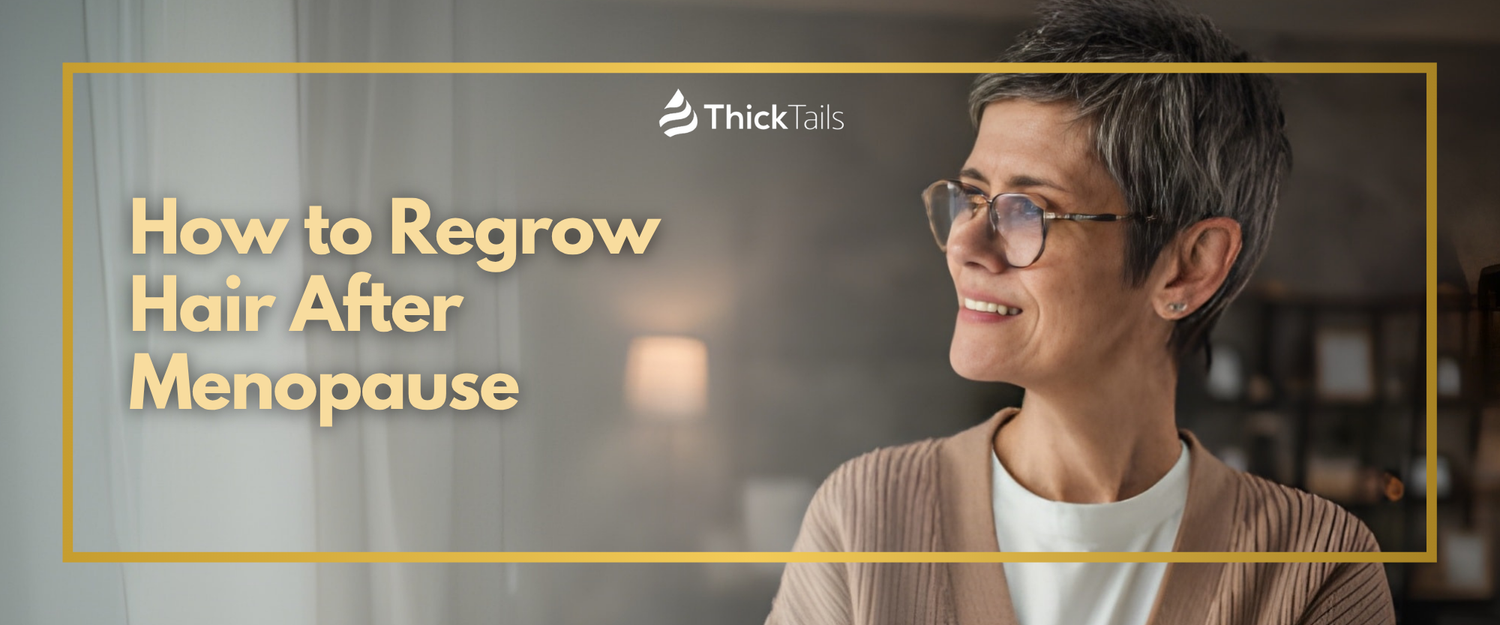Hair Loss can happen due to a number of reasons, however, giving birth is one of its main causes. Yes, postpartum hair loss is more common than you might think.
As you undergo pregnancy, your body is going through hormonal changes. Female hair loss is often caused by changing hormones. This hormonal hair loss can be seen at various points in life, particularly after childbirth or when entering the menopausal stage.
According to the American Pregnancy Association, childbirth hair loss affects 40 to 50 percent of new moms. This type of hair loss occurs within a couple of days or weeks after giving birth.
Hair loss in new moms

Typically, new moms will see an increase in hair fall and hair thinning after giving birth. During pregnancy, your estrogen levels rise, leading to fuller, thicker hair. But all of that extra hair falls out three to six months after birth. Your estrogen levels fall and your body has a higher level of testosterone and, in turn, DHT, which attaches to hair receptors, stimulating hair to enter the resting and falling stage as opposed to the growth phase. This leads to hair loss and hair thinning.
DHT, which is short for dihydrotestsoterone, is an active testosterone converted by the body from testosterone. In adult life, DHT causes the miniaturisation of hair on the scalp converting it back to baby hair. DHT is one of the major causes of hair loss.
In a study, titled, “Effect of Pregnancy on the Human hair Cycle,” scalp hair roots were examined in women during and after pregnancy. The study found that hair loss decreases during pregnancy and increases after delivery because the conversion of hair from anagen to telogen is slowed down during pregnancy and is accelerated postpartum.
The anagen phase is where hair growth occurs, and the telogen phase is the resting state for your hair in which no growth occurs.
How to limit postpartum hair loss?
If you are suffering from hair loss after giving birth, you should not worry since there are many different solutions that you can use to prevent and treat it.
First thing is, you need to have a consistent, properly balanced diet. Fill your plate with iron-rich foods, such as tofu, beans, and meat. In fact, as adults, we need around 18 mg of elemental iron per day. Iron helps transport oxygen to the body’s cells including hair follicles.
You also need to pack in foods high in vitamins, minerals, and nutrients, such as salmon, walnuts, avocados, eggs, lean red meat, spinach, lean chicken, guavas, oats, raisins, soy protein, green leafy vegetables and green peas.
When iron, vitamin and mineral levels return to normal levels, noticeable hair growth will occur.
What are possible postpartum hair loss treatments?
The best hair loss products to use contain natural DHT blockers can help speed up the prevention and treatment of hair fall and hair thinning after childbirth.
Natural DHT blockers help prevent the overproduction of DHT, which block the absorption of hair growth nutrients. A DHT blocker uses natural ingredients, such as saw palmetto or nettle root extract to reduce levels of DHT so hair follicles can return to their growing stage.
Childbirth-linked hair loss can be frustrating, but using a proper hair growth shampoo or taking a hair vitamin can help stop the hair fall and make hair grow faster and thicker.
Please check with your doctor before starting any hair care regimen, especially for new moms. Once you get on with your chosen treatment, stick with it to see the best results.
To find out more about postpartum hair loss and how to treat it, download your FREE GUIDE today.
Find out more
Get further insight about hair loss causes, hair regrowth and how to grow hair faster. Learn about alopecia, female pattern baldness and hair loss in women. Explore the best hair growth shampoo and conditioner for thinning hair women.













